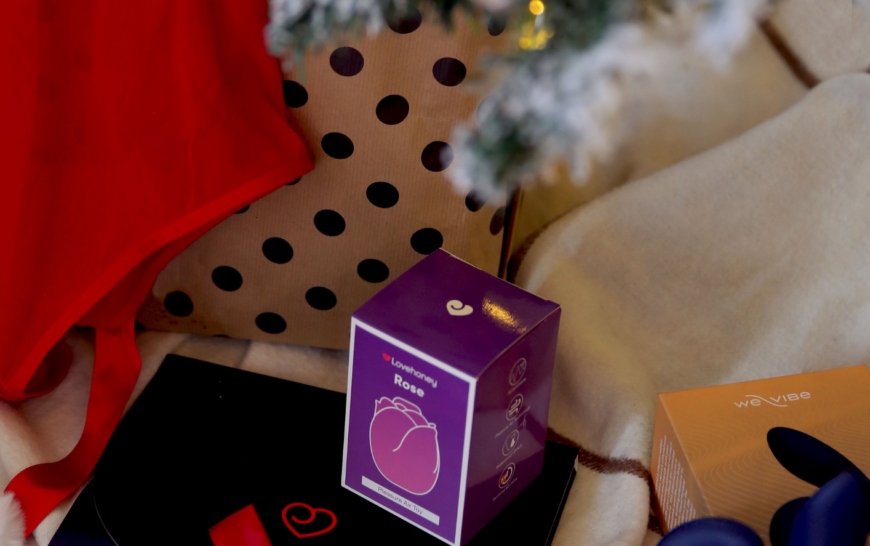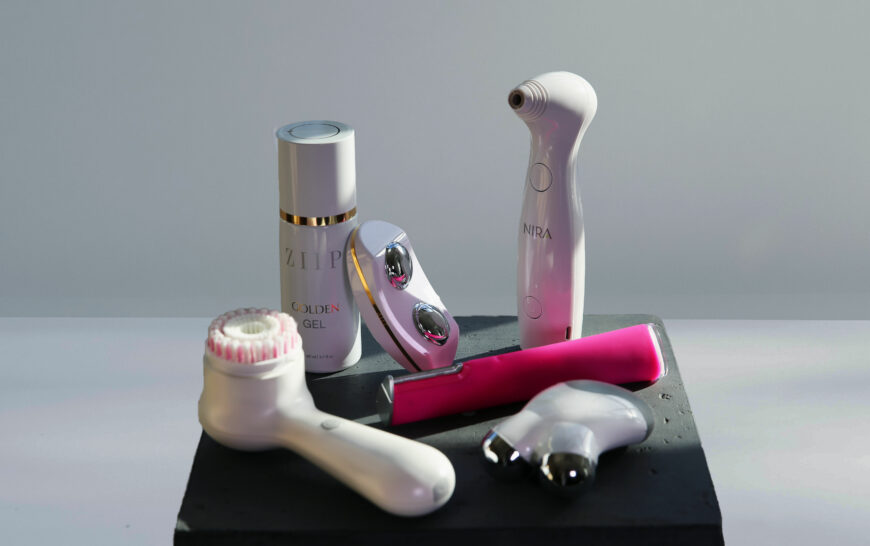
Breast Cancer Awareness: Why Checking Your Breasts, Pecs & Chest Should 100% Be Part of Your Self-Care Routine
Consider this your friendly reminder to get familiar with your boobs, chest (or however else you refer to this part of your body) on the regs and make checking in with your bod a monthly habit.
NB: where we mention breasts throughout this article we are referring to the clinical terminology ‘breast tissue’. We endeavour to make everyone feel represented, seen and included in our content buf if we can do better, please let us know.
With 6 million people in the UK unaware of how to check their breasts (Bupa) / chest and one in seven affected by the disease in their lifetime, breast cancer awareness needs our full attention year-round.
Checking your chest regularly and getting clued up on all the symptoms (fyi it’s not just limited to lumps) whatever your gender can help you detect anything out of the ordinary for you and could save your life, which makes getting familiar with your armpits, collarbone (yep, we really do need to feel that far up) and your chest, breasts, pecs ‘n’ boobs oh so worth it.
Consider this your friendly reminder to get familiar with your boobs, chest (or however else you refer to this part of your body) on the regs and make checking in with your bod a monthly habit.
From recognising the symptoms to how to check yourself for breast cancer, here’s the low down on checking your chest.

Noticing unusual changes
All bodies are different which means breasts and chests are unique too. By checking yourself regularly, you’ll be able to build an understanding of what’s normal for you and notice anything irregular. If in doubt, always get checked out!
Understanding your body’s unique rhythm
For women and people assigned female at birth, your breasts / chest can change throughout your life and sometimes on a monthly basis. From taking the contraceptive pill or hormone-based medication to breastfeeding and periods if you have them, varying levels of hormones can cause monthly changes to your breast tissue so these fluctuations are often nothing to worry about however, they could be a symptom worth mentioning to your doctor if they’re unusual for you, persistent or painful. All bodies are different so getting to know the rhythm of yours will help you to detect anything out of the ordinary and take the necessary steps to protect yourself.
What changes are you looking / feeling for when you’re checking yourself?
In terms of visible changes, you’re looking for any variations in size, outline or shape and changes in skin texture such as lumps, a rash, inversion (nipples pulling inwards), puckering or dimpling around the nipple. Something else to be aware of is nipple discharge or any bleeding or crusting. If you feel pain, swelling in the armpit, a lump or thickening, this can also be a symptom of breast cancer.
How do you check your boobs / chest?
Establish where and when you will do it – you might be most comfortable in the shower, when standing in front of the mirror, or lying down. Figure out what works for you and your lifestyle and build a routine that makes remembering to check yourself second nature.
If standing, it’s best to observe yourself in front of the mirror when you’re getting dressed so you can get a good look at the shape and size of your breasts, pecs or chest. Remember you’re looking for changes in the texture, size and appearance of your breast/chest as well as any watery, milky or yellow discharge or blood around the nipple.
Raise your arms above your head and repeat the above step.
Next, feel your breasts/chest whilst lying down, using your right hand to feel under your left breast and vice versa. Use a firm but smooth circular motion using the first few fingers of your hand, working your way around the entire breast/chest top to bottom and side to side across your collarbone and into your armpit to check for swelling.
Finally, feel your breasts/chest whilst standing or sitting (it’s usually easiest when you’re still wet and slippery after a shower).

I’ve noticed something unusual, what do I do now?
We spoke to CoppaFeel! the breast cancer charity on a mission to ensure all breast cancers are diagnosed early and correctly by educating young people on the signs and symptoms and encouraging them to check themselves often.
If you do discover something unusual for you, it can be worrying but it’s reassuring to know most breast changes are benign. Checking yourself regularly and seeking help when you notice anything out of the ordinary is always the right thing to do!
CoppaFeel! says, “There’s no need to panic. Our bodies change, and if you’ve noticed a change, it’s a good sign that you know your body. There are lots of reasons why you might have changes to your breasts. Most changes are natural and harmless and 9 out of 10 people who are referred to the breast clinic are not given a cancer diagnosis. However, if you are concerned about a change to your breasts, make an appointment with your doctor as soon as possible.”
What to expect from a GP appointment
If you’ve noticed any changes in your breast tissue, monitor the changes for a week and book an appointment with your GP. Your doctor will assess you, discuss risk factors both genetic and lifestyle-related, and if they think you need further assessment, they might refer you to a specialist breast clinic for an ultrasound or mammogram (an X-ray of the breasts).
Breast cancer awareness for cis men, trans and non-binary people
Everyone has breast tissue and people of all genders can get breast cancer so however you identify, it’s important you get to know your body. Around 400 men a year get breast cancer in the UK and the symptoms are similar to breast cancer in women including a usually painless lump in the chest area, swelling under the arm, changes in the appearance of the nipples, discharge and ulcers on the chest.
Men can also get a non-cancerous (benign) swelling in their chest known as gynecomastia and it’s particularly prevalent in teenage boys. For trans and non-binary folk, check out Live Through This for chest-checking guidance to ensure you’re empowered with the information you need to know and understand your body.
If you have developed breasts as part of your transition or are planning on getting implants, this will affect how you check yourself. Likewise, if you’ve had top surgery to remove breast tissue, some tissue usually remains around the nipple, under the collarbone and in the armpit so still needs to be checked. Get to know your new normal and contact your doctor if you have unexplained pain.
One thing to take away from breast cancer awareness month
There’s plenty of fake news and myths when it comes to breast cancer but the biggest misconception is that it only affects older cis women. The one thing CoppaFeel! want everyone to get out of breast cancer awareness month, is that it can affect anyone, regardless of their age, sex, gender, ethnicity or ability, which is why it’s of the utmost importance to get familiar with your body’s normal.
Still unsure about where to start? For a 101 in checking your breasts, chest and pecs, bookmark the handy CoppaFeel! Self-Checkout page.




